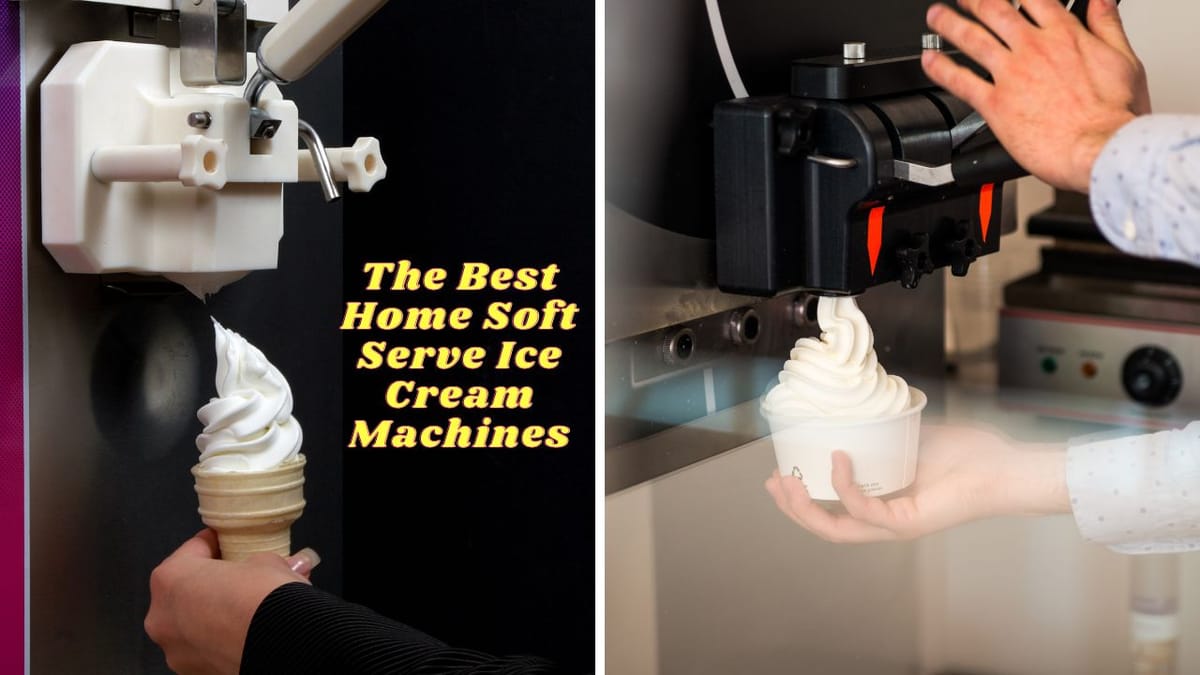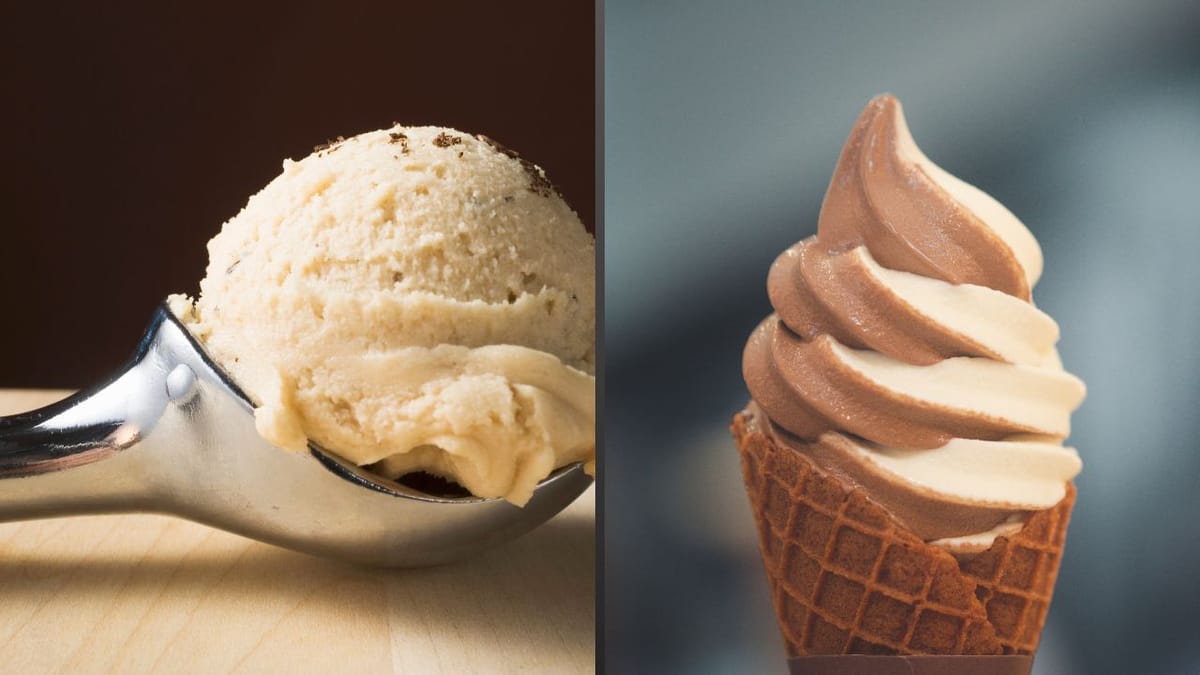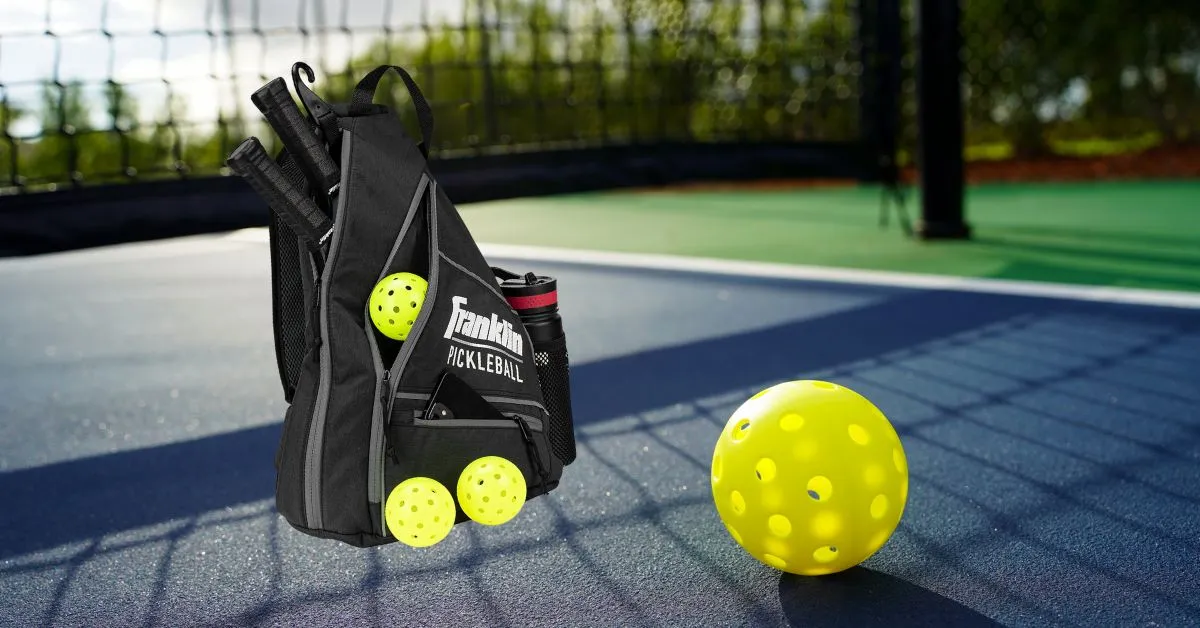Table of Contents
Soft serve ice cream, with its creamy texture and delightful taste, has been a favorite treat for many. With the advent of home-use soft serve machines, enjoying this frozen dessert in the comfort of your own home has become a reality. This comprehensive guide will explore the different types of soft serve machines available for home use, helping you make an informed decision on which machine suits your needs best.
Key Takeaways:
- Understand the various types of soft serve machines designed for home use.
- Learn about the features and functionalities that differentiate each machine.
- Gain insights into the factors to consider when purchasing a soft serve machine for your home.
With detailed and rigorous research, we provide our readers with the finest recommendations. Our recommendations are our opinions. Our cause is backed by reader support- for every click made through one of our affiliates links, a commission may be earned at no extra expense to you! As an Amazon Associate, Reviewsopedia may earn a commission from qualifying purchases. Thank you and enjoy!
Introduction to Soft Serve Machines for Home Use
Soft serve machines for home use are appliances designed to produce soft serve ice cream, a softer and creamier version of traditional ice cream. These machines churn and freeze the soft serve mix at a slower rate, incorporating air and preventing ice crystals from forming. The result is a smooth, airy dessert that can be enjoyed in various flavors and styles.
The market offers a range of soft serve machines, from basic models for occasional use to more advanced machines with multiple features. Understanding the different types and their capabilities is essential for selecting the right machine for your home.
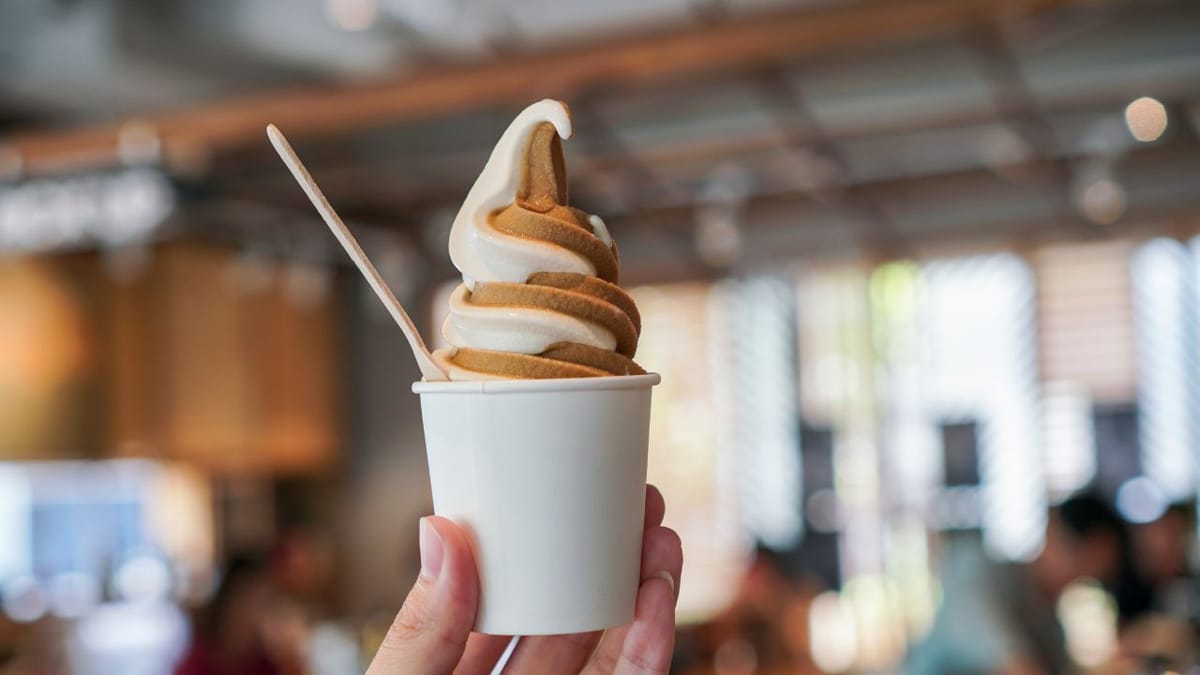
Countertop Soft Serve Machines
Countertop soft serve machines are compact and designed to fit on most kitchen counters comfortably. These machines typically have a smaller capacity, making them ideal for families or individuals. They are user-friendly, with simple controls and easy-to-clean components.
One of the main advantages of countertop models is their convenience. They can be set up quickly and do not require a dedicated space, making them perfect for those with limited kitchen space. However, their smaller size may mean a longer wait time between batches, as they often need to refreeze the mixture before making more soft serve.
Free-Standing Soft Serve Machines
Free-standing soft serve ice cream machines are larger and more akin to the commercial machines you might see in an ice cream shop. They have a greater capacity and can produce soft serve continuously, which is great for parties or large families. These machines often come with additional features like multiple flavor options and cooling systems.
While free-standing machines offer more in terms of volume and features, they also require more space and can be significantly more expensive. They are best suited for those who are serious about their soft serve and have the space and budget to accommodate such a machine.
Single Flavor vs. Multiple Flavor Machines
Soft serve ice cream machines for home use come in single flavor and multiple flavor variants. Single flavor machines are straightforward, focusing on producing one type of soft serve at a time. They are typically more affordable and easier to maintain.
Multiple flavor machines, on the other hand, allow users to enjoy different flavors simultaneously. These machines usually have separate hoppers and freezing cylinders for each flavor, which can be mixed for a twist effect. They are perfect for those who like variety but come at a higher cost and may require more maintenance.
Soft Serve Machines with Air Pump
Some soft serve machines come equipped with an air pump, which introduces air into the mix during the freezing process. This feature creates a lighter, fluffier texture and helps increase the volume of the soft serve, making it more economical in the long run.
Machines with an air pump can be more expensive, but the quality of the soft serve produced is often superior. They are recommended for those who prefer a professional-grade dessert experience at home.
Gravity-Fed Soft Serve Machines
Gravity-fed soft serve machines rely on gravity to pull the mix into the freezing cylinder. These machines are generally simpler and have fewer moving parts, which can mean less maintenance and fewer potential issues.
While gravity-fed machines may not incorporate as much air as their air pump counterparts, they are often more energy-efficient and easier to operate. They are a good choice for those who want a balance between quality and convenience.
Self-Cleaning Soft Serve Machines
Cleaning is an important aspect of maintaining a soft serve machine. Some models come with a self-cleaning feature, which can significantly reduce the time and effort required to keep the machine in top condition. These machines typically have automated cleaning cycles that flush out the system with water and cleaning solutions.
Self-cleaning machines are ideal for those who want the convenience of easy maintenance. However, they can be more expensive, and users should still perform regular manual cleanings to ensure the machine remains hygienic.
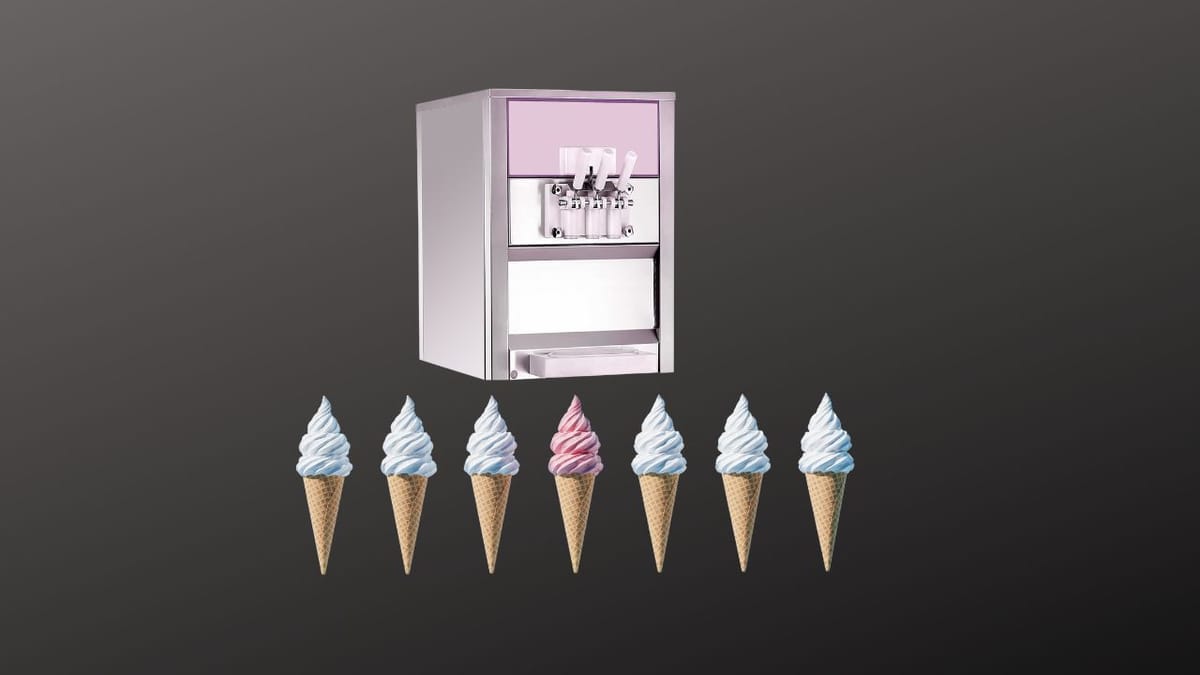
Soft Serve Machines with Digital Controls
Modern soft serve machines often feature digital controls that offer precision and ease of use. These controls can include temperature settings, consistency controls, and even programmable timers. Digital controls allow for a more customized soft serve experience and can help prevent user error.
Digital controls are a feature worth considering for those who value control and customization. They can make the process of making soft serve at home more enjoyable and less prone to mistakes.
Portable Soft Serve Machines
For those who love to entertain or want to bring their soft serve machine to events, portable soft serve machines are available. These machines are designed to be lightweight and easy to transport, often with built-in handles or wheels.
Portable machines are typically smaller and may have less capacity than their stationary counterparts. They are best for occasional use and for those who prioritize mobility over volume.
Factors to Consider When Buying a Soft Serve Machine
When purchasing a soft serve machine for home use, several factors should be considered. These include the machine's capacity, size, features, ease of cleaning, and price. It's also important to consider the manufacturer's reputation and the availability of customer service and parts.
By carefully evaluating these factors, you can choose a soft serve machine that not only fits your needs but also provides a satisfying and hassle-free experience.
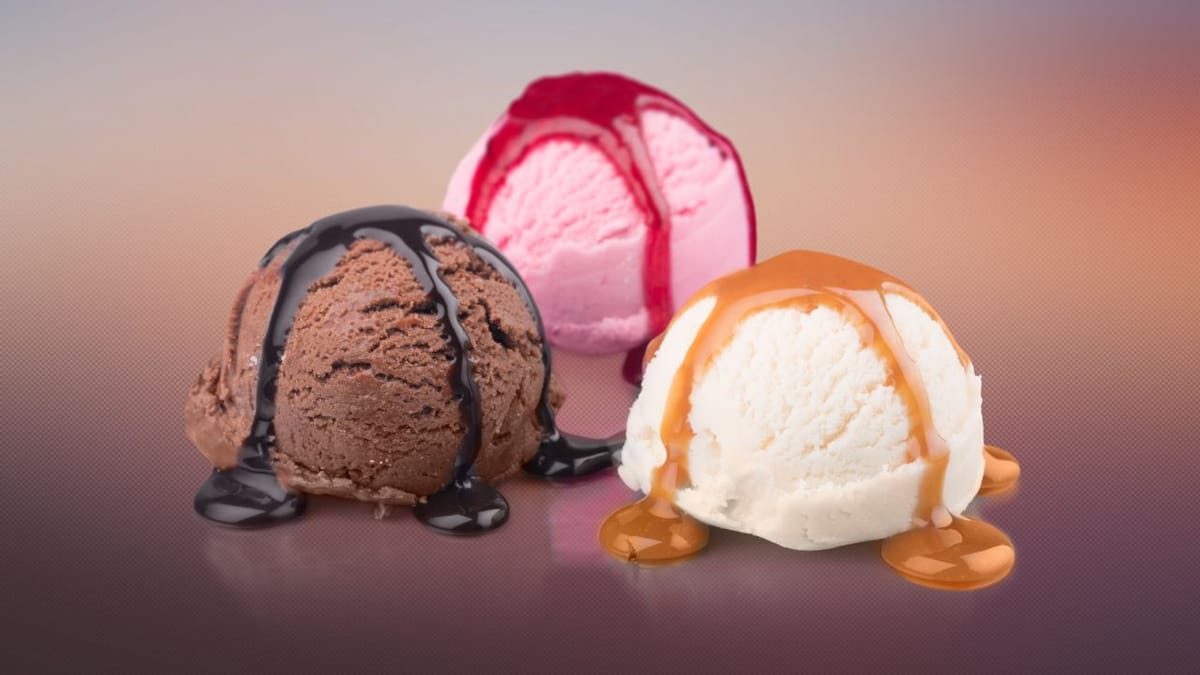
Summary
Soft serve machines for home use come in various types, each with its own set of features and benefits. From countertop models to free-standing units, single flavor to multiple flavors, and gravity-fed to air pump systems, there is a machine to suit every preference and need. Consider factors such as capacity, features, and ease of maintenance when making your decision, and enjoy the luxury of homemade soft serve anytime.
FAQ Section
What is the main difference between countertop and free-standing soft serve machines?
Countertop soft serve machines are smaller, more compact, and designed for occasional use or smaller families. Free-standing machines are larger, have a greater capacity, and can produce soft serve continuously, making them suitable for frequent use or larger gatherings.
Are soft serve machines with air pumps better than gravity-fed machines?
Soft serve machines with air pumps can produce a lighter and fluffier texture by incorporating more air into the mix. Gravity-fed machines are simpler and often more energy-efficient. The choice between the two depends on personal preference and the desired texture of the soft serve.
Is it worth investing in a soft serve machine with self-cleaning features?
Self-cleaning features can greatly simplify the maintenance of a soft serve machine, saving time and effort. If convenience and ease of cleaning are important to you, a self-cleaning machine may be a worthwhile investment. However, manual cleaning is still necessary to ensure complete hygiene.
Other Related Articles
